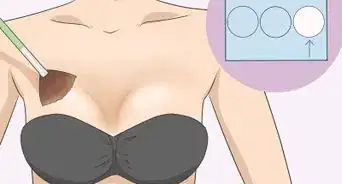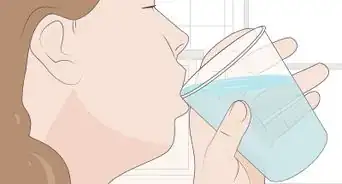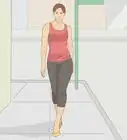X
This article was co-authored by wikiHow Staff. Our trained team of editors and researchers validate articles for accuracy and comprehensiveness. wikiHow's Content Management Team carefully monitors the work from our editorial staff to ensure that each article is backed by trusted research and meets our high quality standards.
This article has been viewed 23,098 times.
Learn more...
A waist cincher is a great way to achieve an hourglass shape quickly. Choosing a waist cincher in the correct size is a little different from buying clothes, though! You’ll need to learn the different kinds of cinchers available, how to measure yourself accurately, and how to buy the right cincher for your needs.
Steps
Part 1
Part 1 of 3:
Choosing a Style
-
1Choose a waist training corset if you want a very small waist. If you want a very small waist or an extreme hourglass figure, you’ll need a full waist-training corset with boning. Boning is interior structure similar to the underwire on a brassiere. It’s what holds your waist in tight. Corsets need to be purchased from specialty shops--you will not be able to find them in your local lingerie department.
- This kind of cincher is stronger and forces the body into an hourglass shape, so it's also best for people who do not have a waist smaller than their hips.
-
2Buy shapewear for more general shaping needs. If you only want to slim down a little or have a more proportionate figure, choose shapewear. Shapewear is usually made of thick stretch fabric, which holds the flesh in. You can buy shapewear at any lingerie department.
- Shapewear is recommended for post-pregnancy and post-surgery bodies.
Advertisement -
3Decide between over- and under-bust styles. Waist cinchers come in both over- and under-bust styles. The over-bust style covers the chest and functions as a built-in bra, while the under-bust is for your waist area only. Over-bust cinchers are good for costuming, fetish wear, and creating a proportioned silhouette. Under-bust cinchers are great for wearers who just want to focus on their waists.
-
4Pick a material. There are lots of materials to choose from, and what you select will affect the fit of your cincher. If you’re interested in corsets, be sure your corset has steel boning and steel clasps. Plastic or wire won’t be sufficient to get the shape you want. For shapewear, look for thickness and stretchability in the fabric. Rigid or thin material won’t hold your waist in.
- Corsets often come with covering material made of velvet, satin, or vinyl. This doesn’t affect the performance, so choose whichever you like best!
- Buy shapewear that matches your skin tone. It will make it much less visible under your clothes.
Advertisement
Part 2
Part 2 of 3:
Taking Your Measurements
-
1Find your natural waist. Your natural waist is the narrowest point of your torso. If your shape is straight or rounded, a good way to pinpoint your natural waist is to look in the mirror while bending your torso to one side. The deepest fold in your torso is your natural waist.
-
2Run a tape measure around your waist. Hold a tape measure at your natural waist against your bare skin. Run the tape measure all the way around, holding it taut against the body. It shouldn’t pinch or create folds of skin over the measure, but you shouldn’t be able to slide anything under it either. When the tape is all the way around your waist, check the measurement and write it down.
- Be sure the tape is even around your waist!
- If you don’t have a flexible tape measure, you can use a piece of string. Just lay it flat and measure it afterwards.
- Many people find it helpful to measure their waist three times and use the average as their final measurement.
-
3Measure your hips. Your hips are the widest point between your groin and your navel. Run the tape measure around your bare hips just like you did with your waist. Write down your measurement.[1]
- Be sure to label each measurement!
-
4Measure your chest or under-bust area. For most cinchers, the top will align with the bottom of your chest. Regardless of your gender or breast size, you’ll need to measure from the bottom of your pectoral muscles or breast tissue. You should be able to spot this very quickly! This measurement is a little harder to do by yourself, so it might be helpful to ask a friend to hold the tape for you. Measure around the entire under-bust area and write down your measurement.[2]
- You may need to run the tape measure under your breasts.
-
5Run the tape measure around your bust (optional). If you want an over-bust cincher, you’ll need to measure your bust. Find the widest point and measure all the way around. Like the under-bust measurement, this may be easier to do with a friend helping you.[3]
- Be sure to remove any clothes or undergarments. This can distort your measurements.
-
6Measure your torso. Waist cinchers often have different heights to accommodate torso lengths. To measure your torso, sit down on a hard surface with your back perpendicular to the ground. Hold one end of the tape measure at the base of your pectoral muscles or breast, and run it along your torso until you hit your leg. This is your torso measurement![4]
- You can do this measurement fully clothed.
Advertisement
Part 3
Part 3 of 3:
Buying a Waist Cincher
-
1Choose a brand. Which brand you choose is mostly a matter of personal preference and budget. If you aren’t sure which brand is the best for you, talk to the staff at your local lingerie department or specialty shop. It’s important to be brand-specific because most brands make their own size charts.
-
2Compare your measurements to the brand size chart. Go to the brand’s website or store display and compare your measurements to their size chart. Your cincher size will probably not be the same as your clothing size, so make sure you check the chart carefully!
- If you are unusually tall or are postpartum, be sure to ask if the brand has a separate chart for you. Many do!
-
3Choose shapewear that doesn't feel tight. Shapewear is meant to be a subtle change that focuses on smoothing and shaping rather than changing your body size. Shapewear should feel snug on you, but it should never feel tight. Try on several sizes until you find one that feels snug but comfortable.[5]
- If you want to wear your shapewear with a specific outfit, bring it with you to your fitting.
-
4Pick a corset between 4 inches (100 mm) and 7 inches (180 mm) smaller than your natural waist if your waist is less than 38 inches (970 mm). If you're new to corseting, pick something around 4 inches (100 mm) smaller than your natural waist at first. You can always size down later for more advanced waist training.[6]
-
5Try a corset 7 inches (180 mm) to 10 inches (250 mm) smaller than your natural waist for plus sizes. If you are plus-sized or if your waist is larger than 38 inches (970 mm), you can pick a much smaller corset than your actual waist size. This is especially true if your torso is more fat than muscle--you'll be able to "squish" much more of your body into the corset! Remember to start out with a less restrictive corset if you're a beginner.[7]
-
6Round up your size estimate. If you find that your waist size falls between two brand sizes, round up to the larger size. It’s easy to adjust a cincher to be a little tighter, but if it’s too small, there won’t be much you can do to fix it. Also, resist the urge to start as small as possible! Going too small too quickly can result in nerve and organ damage, irritated skin, and difficulty breathing.[8]
-
7Try on your cincher. If you can try on a cincher before buying it, do it! It’s natural for a cincher to feel a little uncomfortable at first, but watch out for signs that it’s too small. If you experience pain, pinching, or difficulty breathing, size up to a larger cincher. If you find it easy to move immediately or feel the cincher shifting, you’ll probably need to get a smaller size.
Advertisement
Warnings
- Talk to your corset's manufacturer about recommended use. Most manufacturers and retailers suggest gradually increasing your waist training time, and they usually recommend against wearing it all day every day.⧼thumbs_response⧽
- Many corsets are meant for fashion use only--they don’t actually cinch your waist. Be very careful buying corsets online. Look for boning, steel components, and laces made of cord.⧼thumbs_response⧽
Advertisement
References
- ↑ https://www.orchardcorset.com/pages/corset-sizing
- ↑ https://www.orchardcorset.com/pages/corset-sizing
- ↑ https://www.orchardcorset.com/pages/corset-sizing
- ↑ https://www.orchardcorset.com/pages/corset-sizing
- ↑ http://www.webmd.com/beauty/features/shapewear-tips#1
- ↑ https://www.orchardcorset.com/pages/corset-sizing
- ↑ https://www.orchardcorset.com/pages/corset-sizing
- ↑ https://lucycorsetry.com/2014/07/25/corset-health-risks/
About This Article
Advertisement


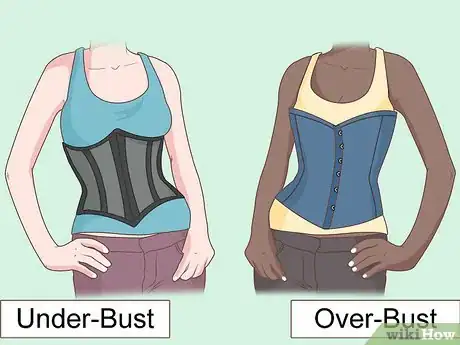
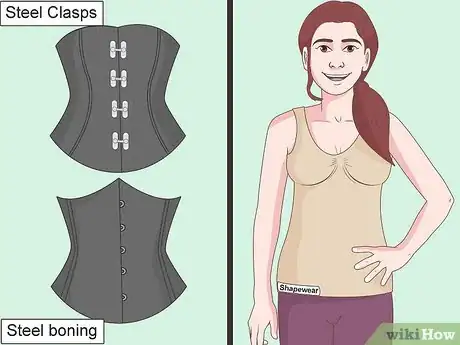
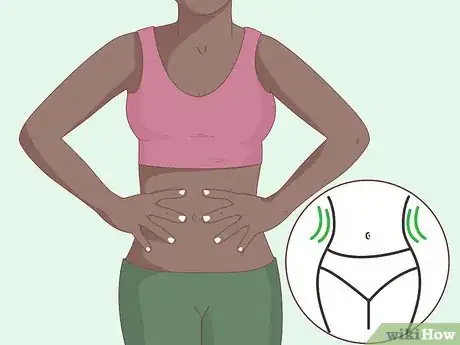
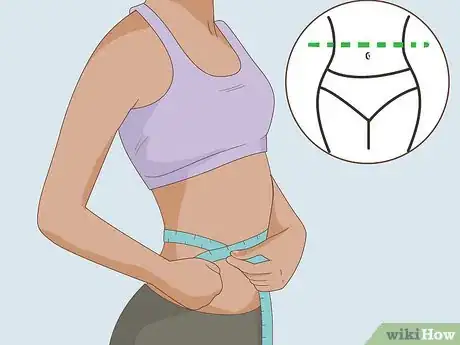

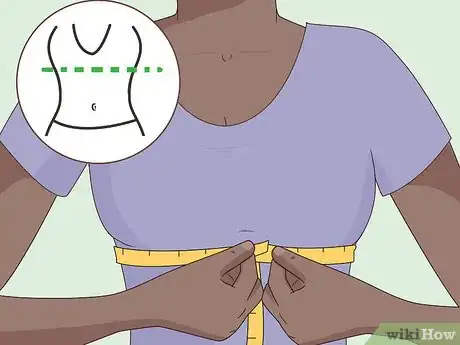
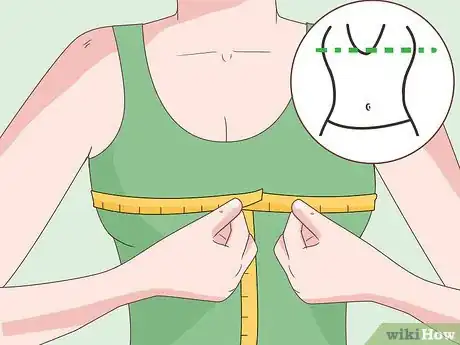
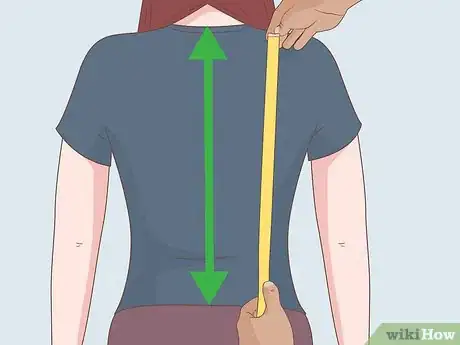

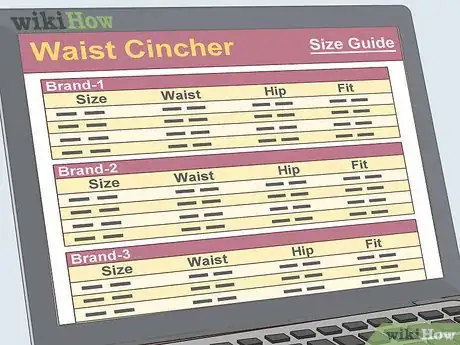


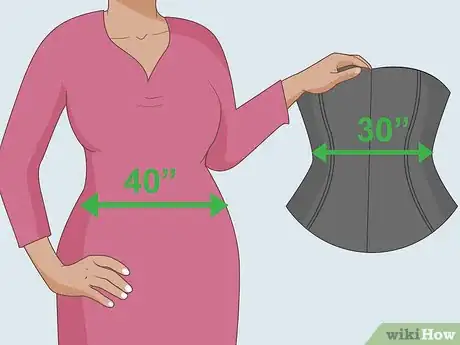
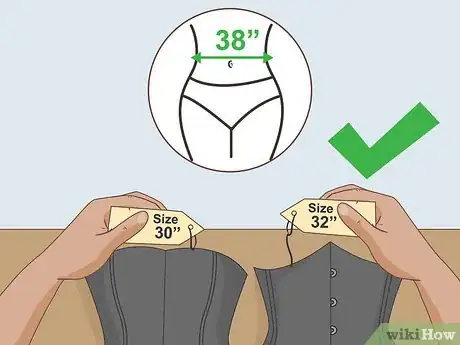
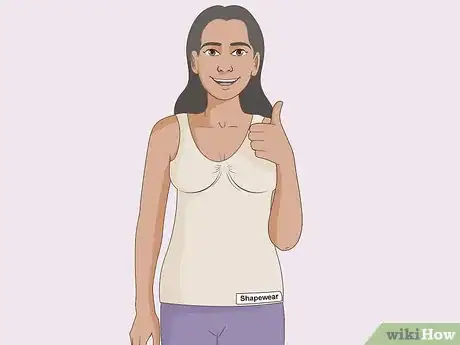

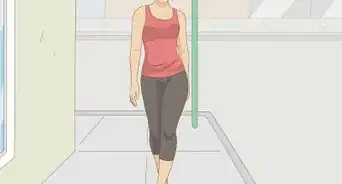
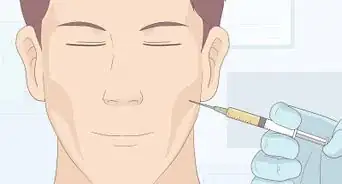

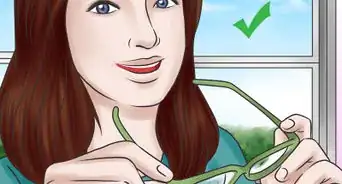
-Step-17-Version-4.webp)

